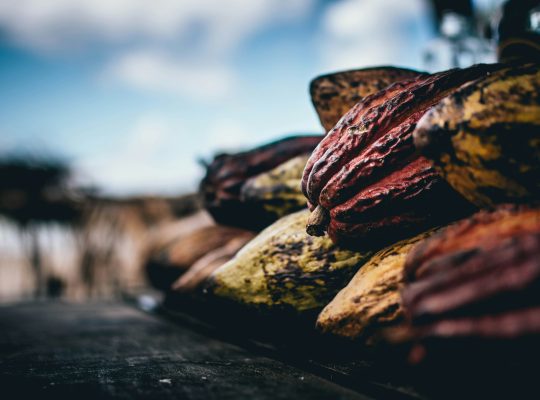High acid crude palm oil (CPO) is often viewed as a challenge in the palm oil industry due to its higher free fatty acid (FFA) content, which can complicate standard processing methods for edible oil. However, this very trait offers unique opportunities, especially in the realm of biodegradable industrial products. Thanks to ongoing research and innovative approaches, high acid CPO is proving to be a valuable resource in developing more environmentally friendly products.
Understanding High Acid CPO
Typically, CPO is prized for its low FFA levels, which make it ideal for cooking oils and other food-related uses. High acid CPO, on the other hand, contains elevated levels of FFAs, usually above 5%, which can arise from the harvesting of overripe fruit, improper handling, or delayed processing. While this may affect its desirability for food applications, it opens up a new avenue for industrial use.
A Sustainable Choice
One of the critical advantages of high acid CPO is its role in fostering sustainability. As the world moves towards more eco-friendly alternatives, the biodegradable nature of products derived from high acid CPO stands out. These products, ranging from biodegradable plastics to environmentally safe lubricants, promise to reduce carbon footprints and plastic pollution significantly.
Although specific statistics on the production and utilization of high acid CPO for biodegradable products are sparse, the overall market trend indicates a growing demand for sustainable raw materials. According to a study in the Journal of Cleaner Production, the global push towards bioplastics and bio-based products is set to increase, with the bioplastics market expected to grow by 20% in the coming years. This growth trajectory suggests an expanding role for high acid CPO as a feedstock.
Research and Development
The pathway to using high acid CPO in biodegradable products involves overcoming several technical challenges, including the efficient conversion of FFAs into valuable bioproducts. Innovations in enzymatic processes and fermentation technologies have shown promising results, allowing for the transformation of high acid CPO into biodiesel, bioplastics, and other biodegradable materials. Research institutions and private enterprises are investing in these technologies, recognizing the potential of high acid CPO in a circular economy.
From an industrial standpoint, there’s an acknowledgment of the need to diversify the applications of palm oil products. Utilizing high acid CPO not only addresses waste management issues in the palm oil industry but also contributes to producing sustainable industrial products. Companies focused on green manufacturing processes are particularly interested in high acid CPO for its lower environmental impact compared to fossil fuel-derived materials.
While the prospects are promising, the journey to mainstreaming high acid CPO in biodegradable product production faces hurdles. These include scaling up production processes, ensuring the economic viability of products, and fostering broader market acceptance. However, the increasing emphasis on sustainability by consumers and governments worldwide presents an undeniable opportunity for high acid CPO.
The role of high acid CPO in developing biodegradable industrial products illustrates a significant shift towards sustainability in both the palm oil industry and broader manufacturing sectors. By taking what was once considered a lesser-value byproduct and turning it into the foundation for eco-friendly solutions, high acid CPO is finding its place in the future of green manufacturing.
While the path forward involves continued research, innovation, and collaboration, the foundation is set for high acid CPO to contribute to a more sustainable, biodegradable future.











